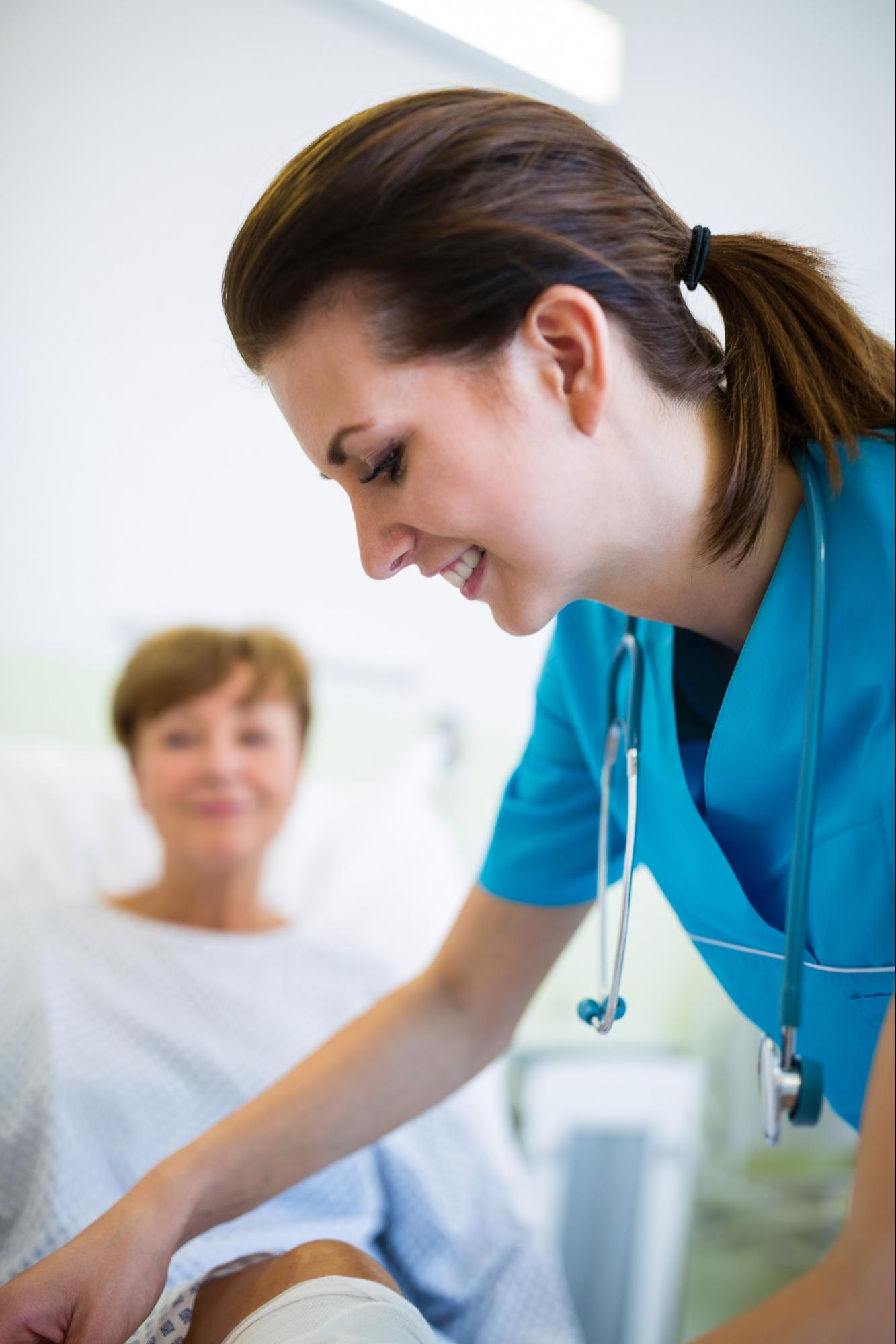Your clinician notes
Questions or concerns?
Contact us at 9259548445
Guest User
Woundreference Guest
; San Francisco, CA 94123; United States
This material is for informational purposes only. It does not replace the advice of a doctor or health care professional. WoundReference makes every effort to provide information that is accurate and timely, but makes no guarantee in this regard.
VENOUS LEG ULCERS
Information for patients and caregivers
